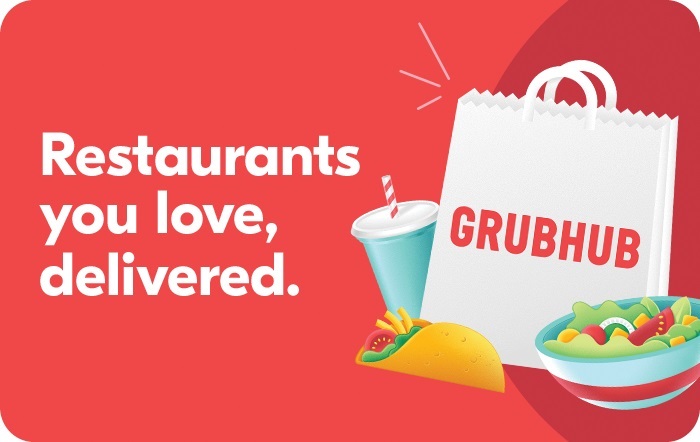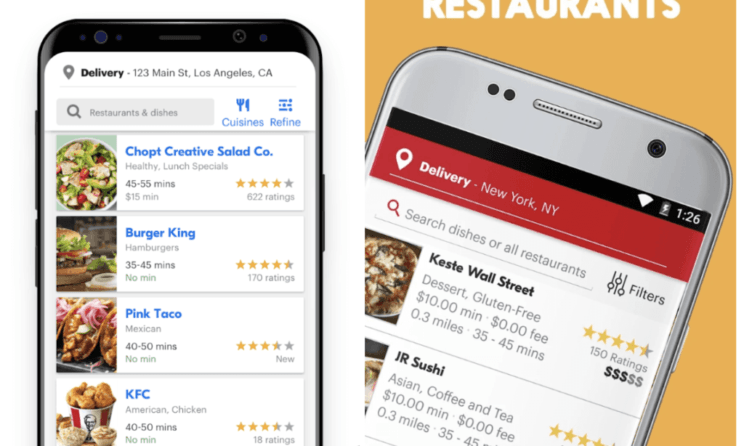
The critical question for Grubhub is whether it would have been more efficient to partner with an existing set of regional food delivery services rather than operating its own proprietary network. In addition to those fees, merchants will also pay a nominally higher commission rate for deliveries operated by Grubhub.

The company said it plans to essentially break even on the delivery service, and use additional cost savings to reduce delivery fees paid by customers. It’s also about increasing the level of service to our customers by increasing the delivery speeds, gets better when you add scale.”

“But it’s not just about growing the market. “We believe that delivery is a way to accelerate both our ability to capture of our existing market and grow that market generally by adding new restaurants,” said Maloney. He also said the company will be able to reduce the cost of delivery, and the fees passed onto consumers, by combining deliveries from multiple restaurants.

Matt Maloney, the chief executive at Grubhub, said the move was intended to expand the total addressable market from restaurants who already offer delivery through phone calls to restaurants who may offer take-out but not delivery itself. The company said the deals, which are valued at over $80 million, will give the company a combined relationship with over 3,000 restaurants over 15 markets in the U.S. The move marks a transition in the company’s strategy from a focus on moving an existing delivery market online to using the web to expand the delivery market as a whole.ĭuring an earnings call with investors Thursday, the Chicago-based company said it has already closed the acquisition of the Boston-based DiningIn and will complete a deal for Restaurants on the Run, a delivery services based in California, by the end of the second quarter. In the most important move since its merger with Seamless, Grubhub has acquired two delivery companies in an effort to build its own delivery network.


 0 kommentar(er)
0 kommentar(er)
